The importance of test riding classic motorcycles after all the work has been completed is vital. Many think that you just do the work to the bike and chuck it out the door to the new smiling owner. Test riding can take as long as the actual work itself for a myriad of reasons. Anyone who says doing the work to these old machines is straight forward is not someone to be trusted with your classic motorcycle. They’re much like old buildings, you never really know what you’re going to find until you get in there, because we do not have X ray vision. Prior to buy-in we remove body work, do compression tests and much more, but it’s what you can’t see that will always require work.
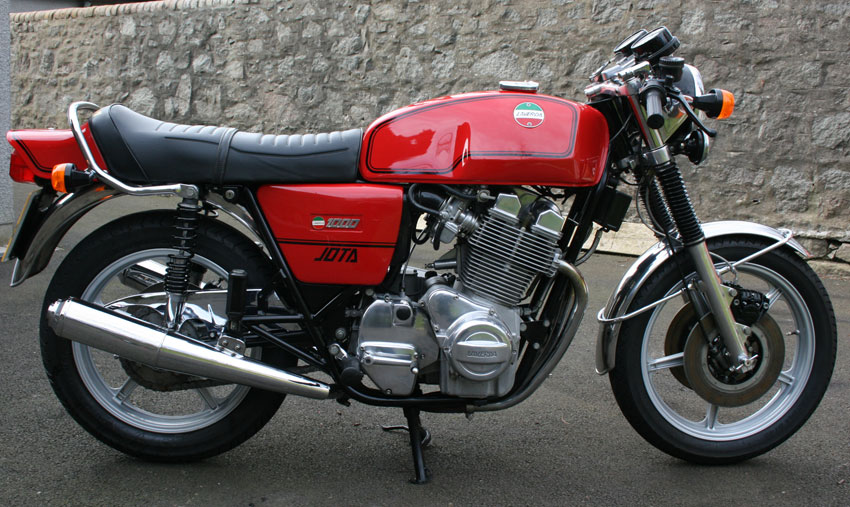
What we look for in a classic motorcycle
What we look for in a classic motorcycle is as much originality as is humanly possible. This varies from motorcycle to motorcycle as we have to work with what’s available in the context of each machine. Honda CBX1000s still often have their original exhausts, but they nearly always require rebuilding. 1972 Kawasaki Z1 900s and Honda CB750 Sandcasts do not, so we have to settle for replica exhausts. Wheel rims need to be original, but will they take being re-chromed or will they crumble? In the case of the Laverda Jota, everyone is wanting UK spec models which eliminates 90% of the Laverda Jotas ever sold in Europe and Britain is a ropey place to buy a classic motorcycle, so you won’t be spoilt for choice. Once we have found the right investment grade example, we have our work cut out, as you can see in this article about the work we had to do to a 1995 Ducati 916 SP with 4000 miles, which any motorcycle dealer would have retailed straight out after a belt change. This work needs doing due to the age of these machines.
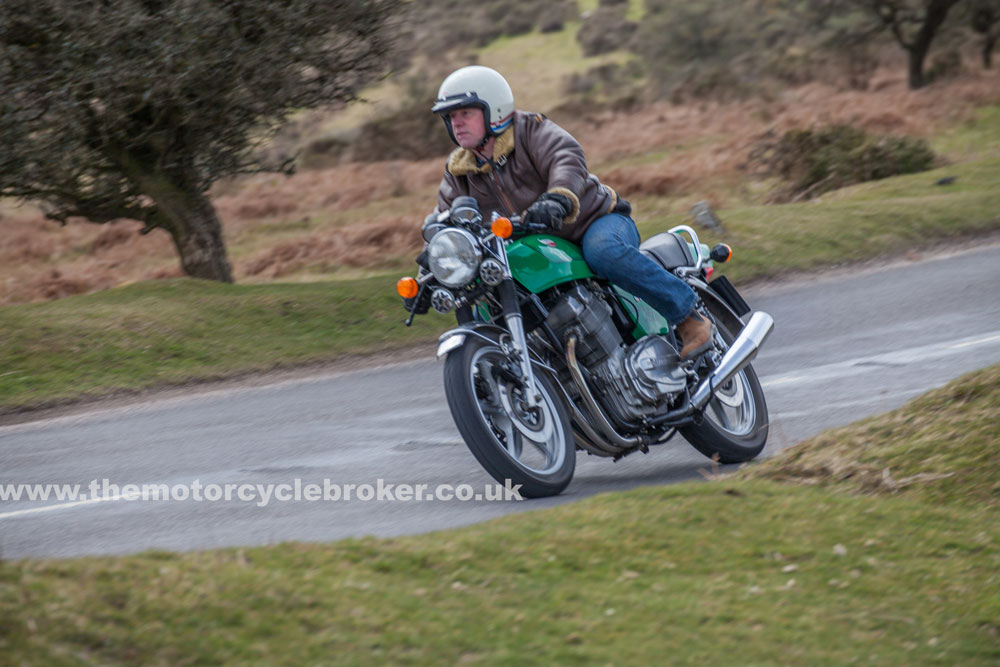
Once the work is done
Once the work is done, many really nasty problems are ironed out and the more subtle ones make themselves known. We have to be detectives to find out what some ham fisted previous owner, or workshop instructed to get it going on the cheap, has done to the machine over the passing of time. After we have done our work some miles are put on and everything moves and settles down a bit, which requires further fettling. Nuts and bolts require re-torquing after the first fifty miles and everything needs checking. A further test ride is undertaken with lots of stopping, restarting the bike when it’s hot, cold and just warm to check that everything is completely set up correctly. The unexpected will always show itself at this point.
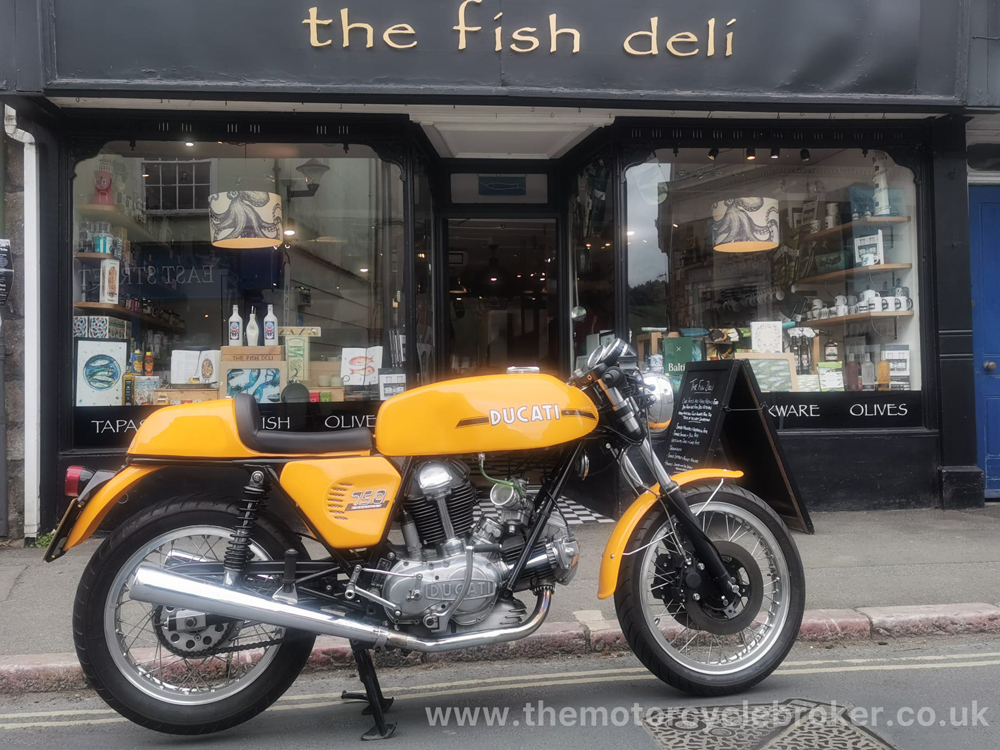
Test ride shake downs
Test ride shake downs will then, after the firsts hundred miles, highlight unimaginable faults and flaws and here’s a few examples. We bought a restored 1974 Ducati 750 Sport which had been restored. We knew some of the paint finishes were incorrect and had some other work to do to it. Once completed, we got the bike back together and took it for a test ride. All was well, it was riding beautifully, went perfectly through the gears, was definitely up on power since we had fettled the motor, the electrics were all good and it was charging perfectly. Another thirty miles were added and it started to splutter so I turned the lights off, this was during the day, and it stopped spluttering and got me back to the workshop. It stopped charging because the alternator had packed up, so we sent the alternator to West Country Windings who rewound it and supplied a new voltage regulator. I pulled away from our workshop and couldn’t get beyond second gear, it would not go into third at all and this was after thirty trouble free miles. We took the selector mechanism out and worked on it for three days solid. The selector mechanism was old, you cannot buy them new, so we had to fix it. We noticed excessive play in the hinges on the mechanism, so we closed the hinge up, very carefully and realised that the weld that held the hinge closed was already broken causing the problem, so we welded it up, carefully and dressed the weld. Put the bike back together and…couldn’t get beyond second gear. Took out the mechanism and by inspecting the selector under a jeweller’s magnifying glass, we noticed some, almost imperceptible scoring on the selector fork ends. On the return, they have to glide over two little round prongs sticking up and the scoring prevented this. We very carefully took half a day dressing these out, as it is hardened steel, and all was well. This was a problem that could not be detected with the naked eye and required magnification to find the fault. We put the bike back together and got all gears and had fifty miles of joy. A further checking of all nuts and bolts and off for another fifty miles, but the bike stranded me on Dartmoor by not charging again. It was the rewound alternator, which we sent back and they apologised and turned it around in two days, these things happen and their response was spot on.
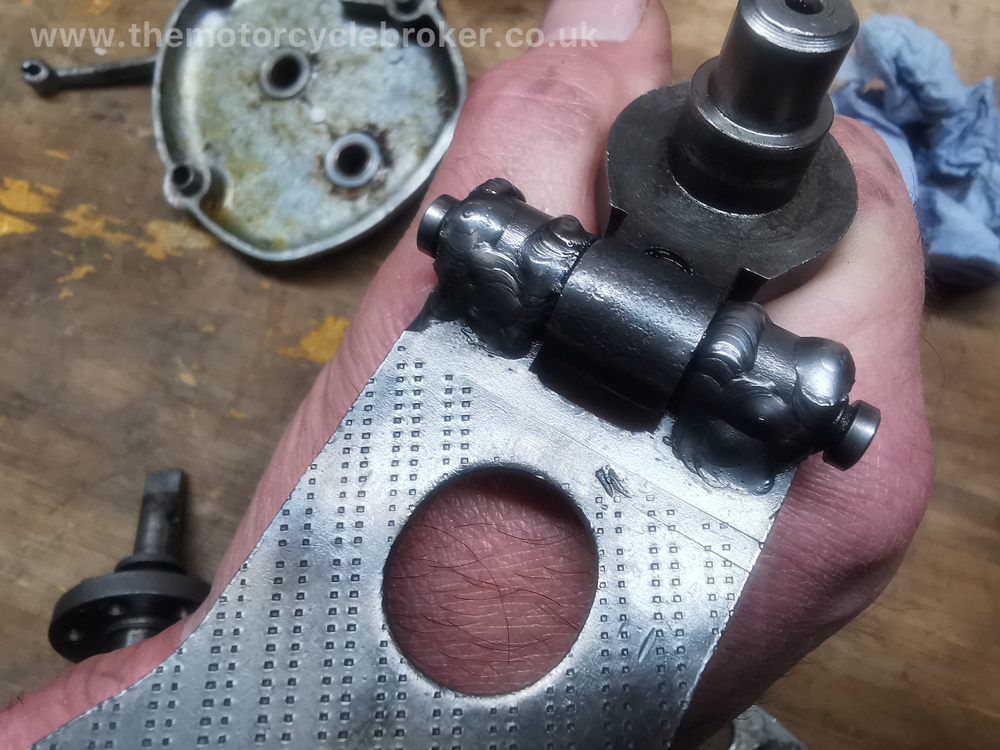
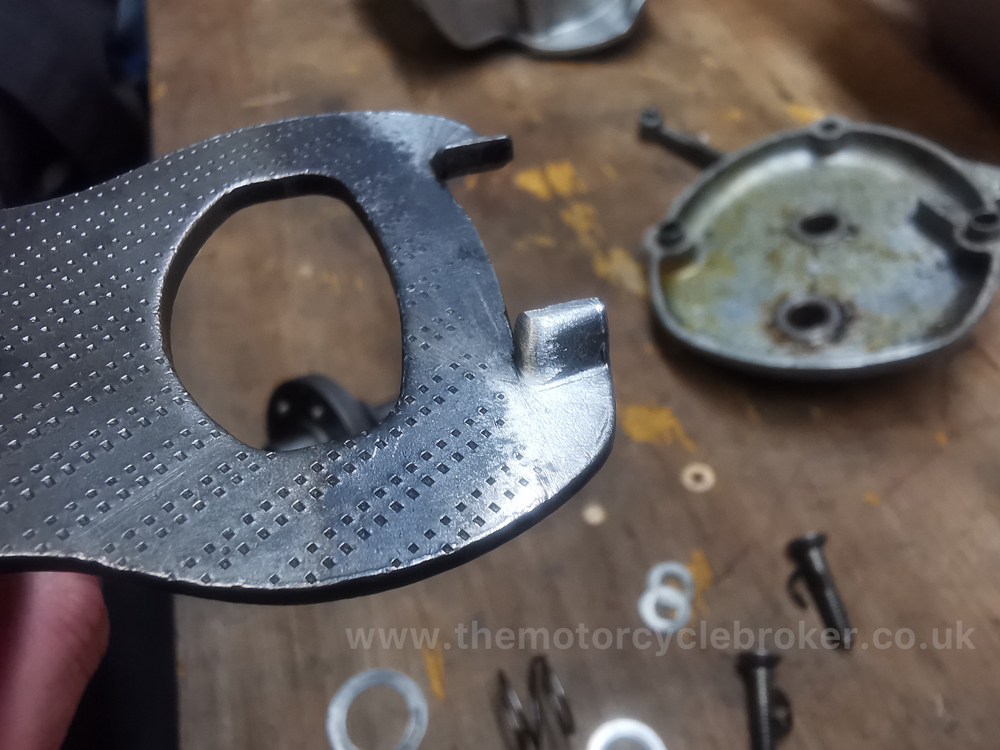
Faulty new parts
Faulty new parts are often the culprit, like the stunning fibreglass red sparkle bodywork we imported from Italy for a Ducati GT750. We don’t buy cheap rubbish parts, we spent a lot on this high quality bodywork because the red sparkle gel coat was authentic and they were renowned for the quality of their work. After the restoration we took it out for a test run and all seemed well. We left it over the weekend and when we came in on Monday there was a small pool of petrol under both petrol taps. It seems that the spigots in the fibreglass are leaking, but before we go down that route we needed to rule out where else the fuel was coming from.
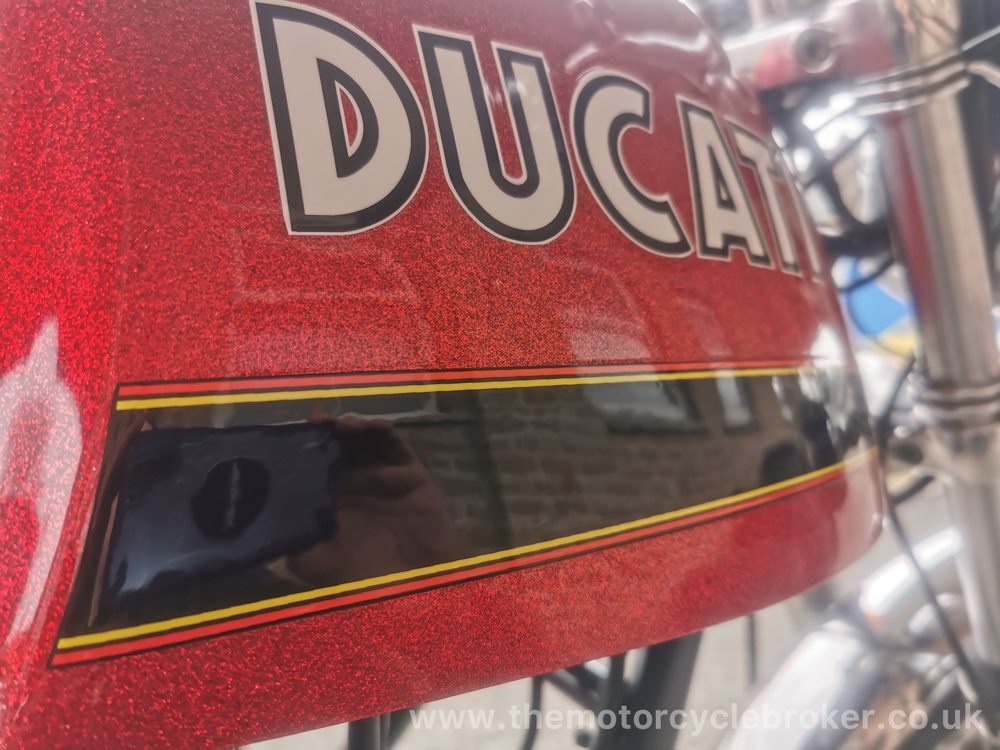
Replica parts
Replica parts often have to be used as the originals are no longer available. The sugar cube petrol tank taps for the round and square case Ducatis are a point in hand. If you ride your bike using these, they will look good, but they will leak and starve your engine of fuel. There is a round piece of Vikon rubber with three holes that line up with three holes in the petrol tap. This piece of Vikon is pressed against the body of the tap by the lever which rotates. When the lever rotates, the Vikon rotates so that the holes don’t line up and the rotation also causes the Vikon the tear, making the tap leak. The original taps and a small shoulder cast into the body of the tap which went through the holes in the Vikon holding it in place. None of the replica taps available has this shoulder any more, so Tony Brancanto of Barncanto Engineering will take your replica taps and carefully make three brass inserts that do the job of the originally cast in shoulders. To ride these motorcycles this is vital work that you need to know about and accompanies many other tricks of the trade that specialists like us understand. We do this type of work even before a road test, but there are always unforeseen issues that surface.
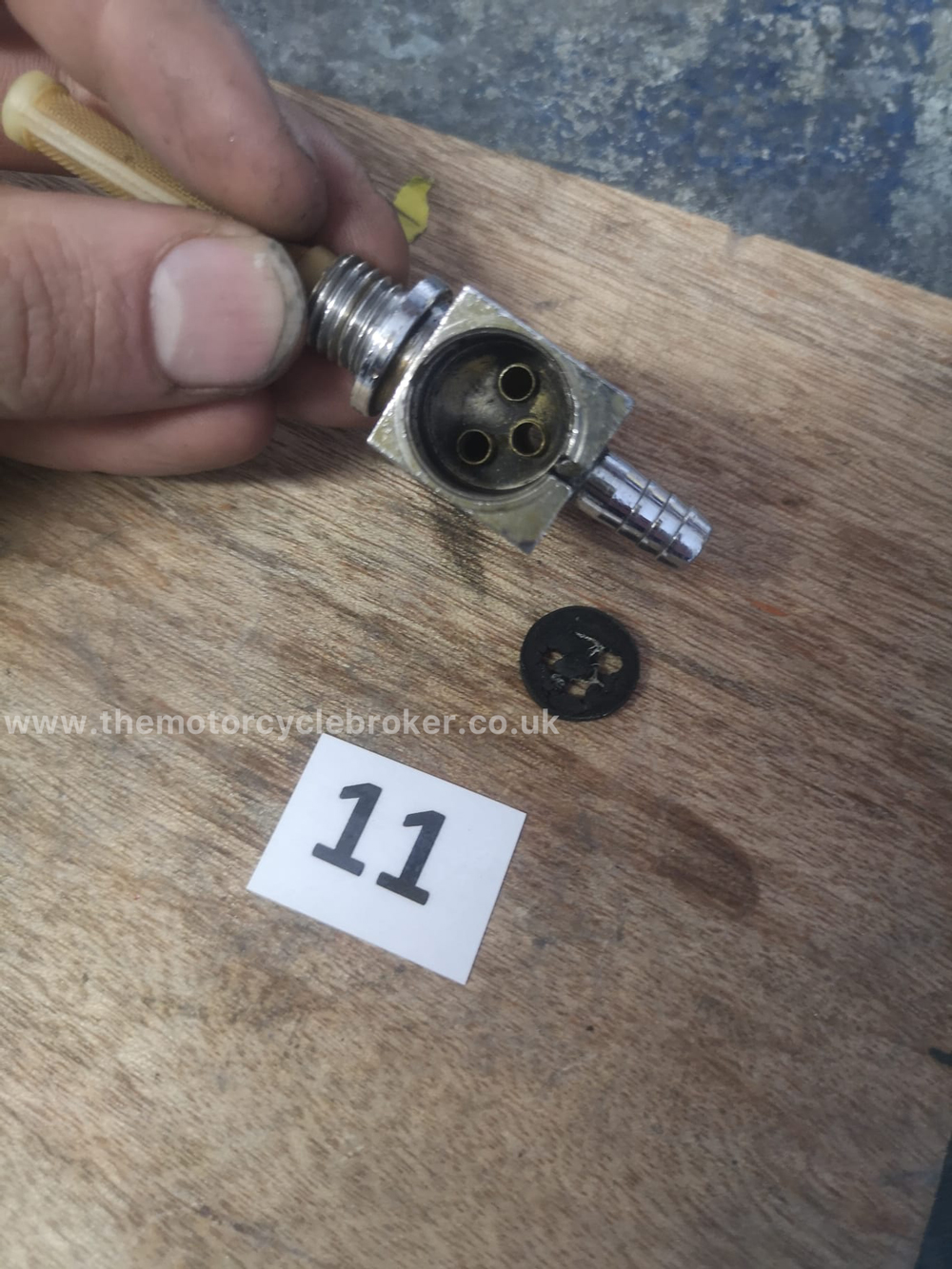
The last 100 miles
The last 100 miles with us are vital and they must be trouble free. If something goes wrong it needs to happen when the bike is with us and not with the new owner. Once we’ve ironed out all of the bugs, we put about 100 trouble free miles on your motorcycle and then we know it’s ready for delivery. The problems I’ve told you about here are just a small, but very typical selection of the type of issues you run into when setting up a classic motorcycle to be ridden. Once the work is done, it’s good for many years to come and will ride like it did when it was new from the factory. Only The Motorcycle Broker goes to this much trouble to make sure that our customers don’t have any trouble at all with their investment grade classic motorcycle. This is how we offer a one year, no quibble, unlimited mileage warranty. Only The Motorcycle Broker offers investment grade classic motorcycles.
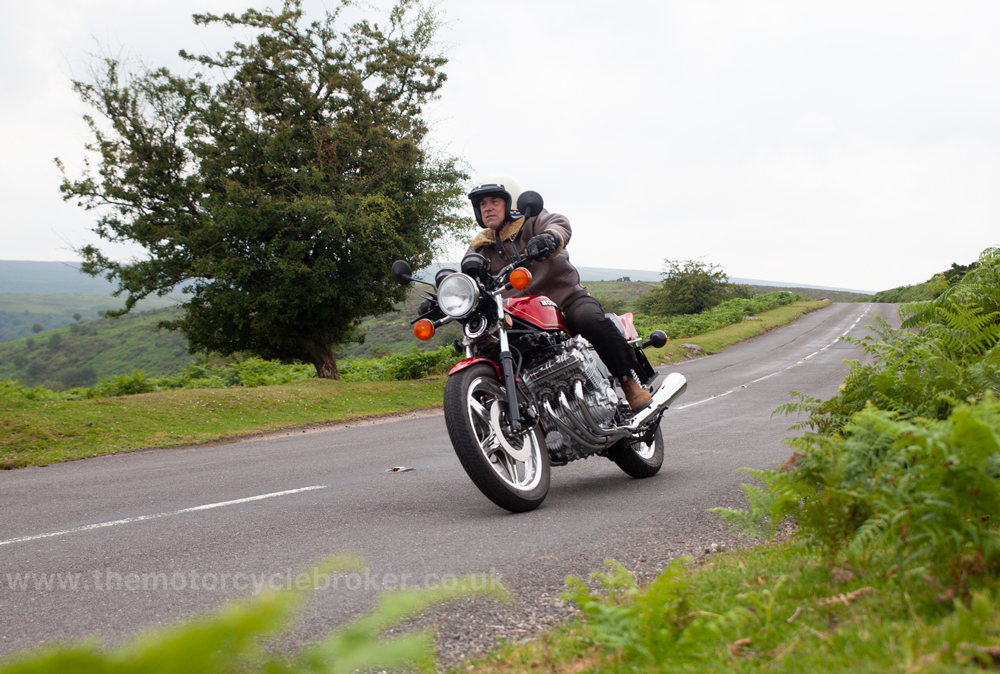
- Most collectible Ducati 916 SP - June 20, 2024
- Classic Motorcycles: To ride or not to ride? - June 17, 2024
- Classic Motorcycles: To ride or not to ride? - June 17, 2024




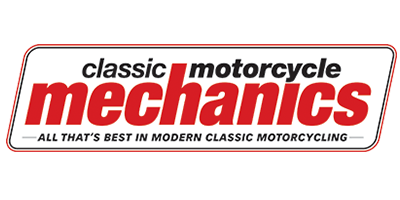



Leave a Reply